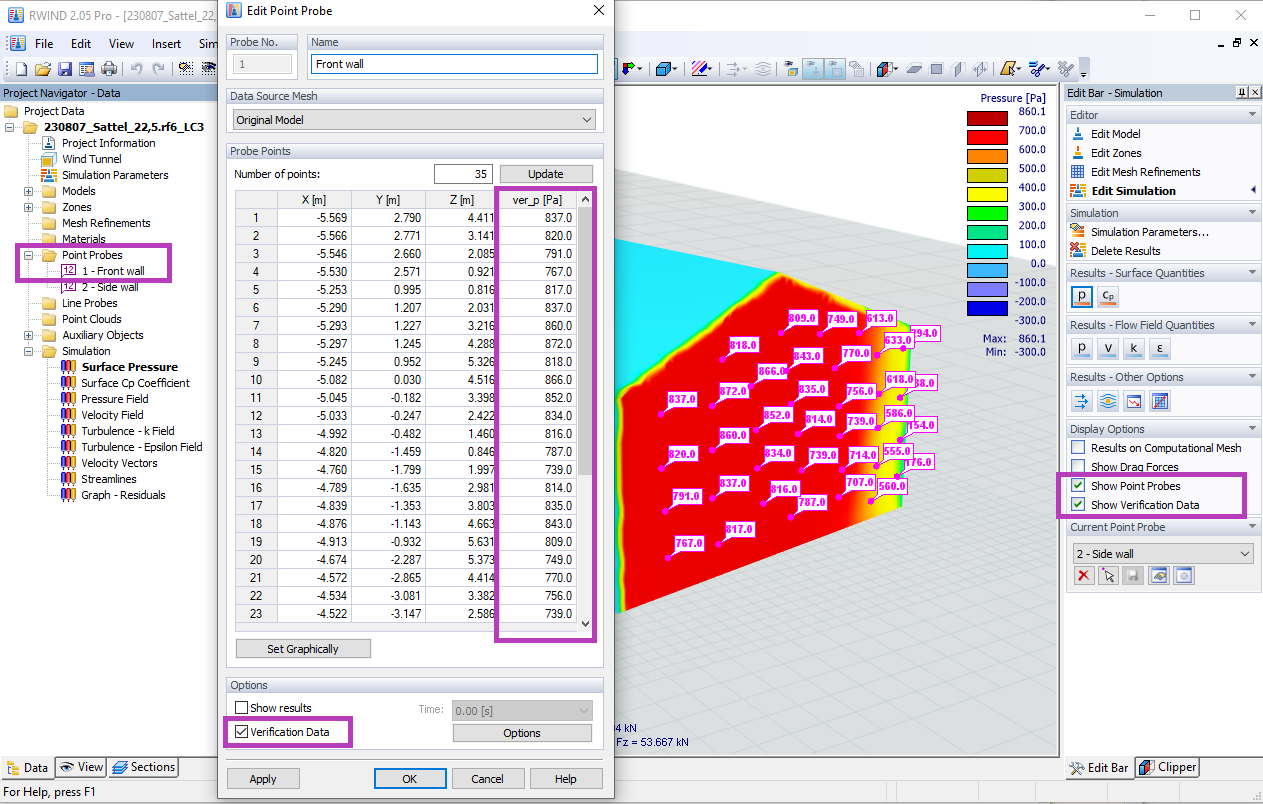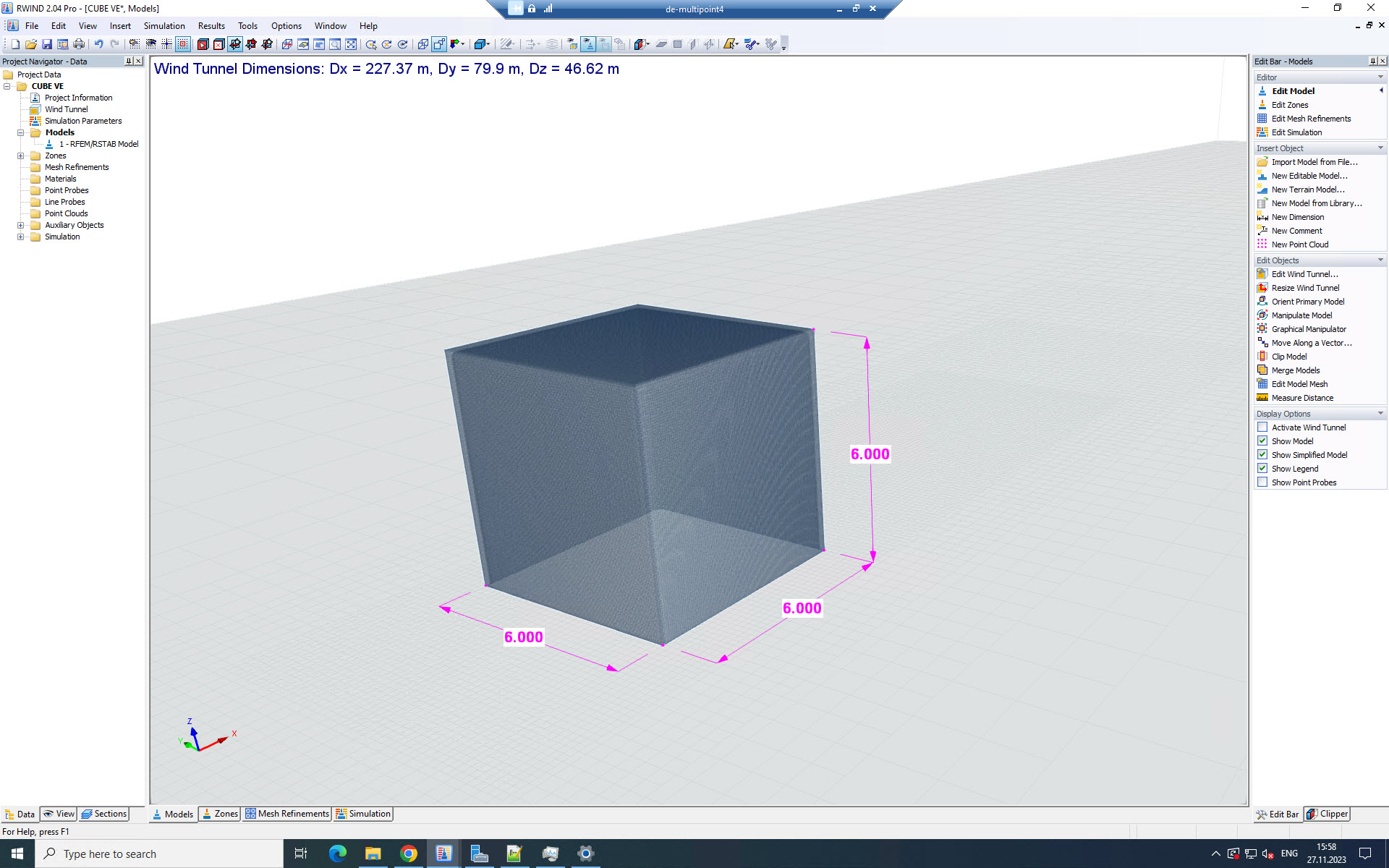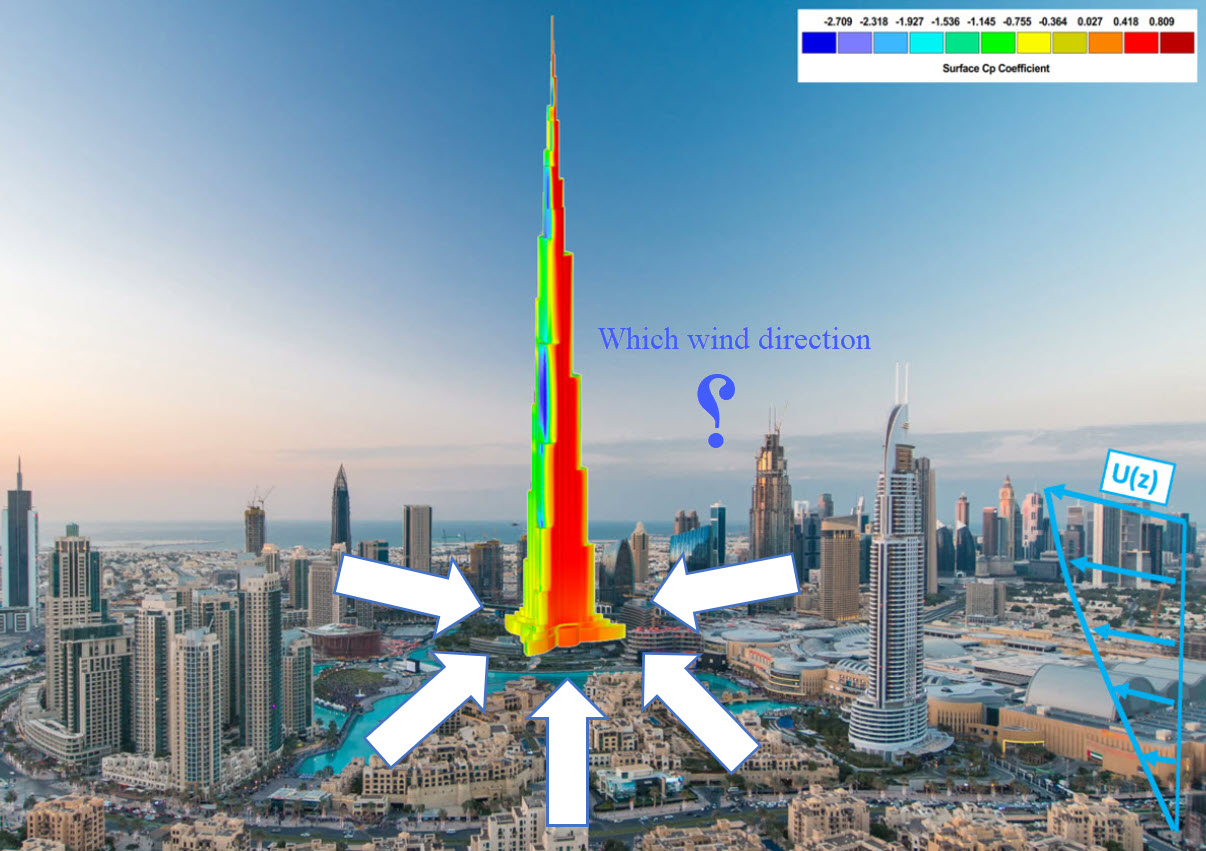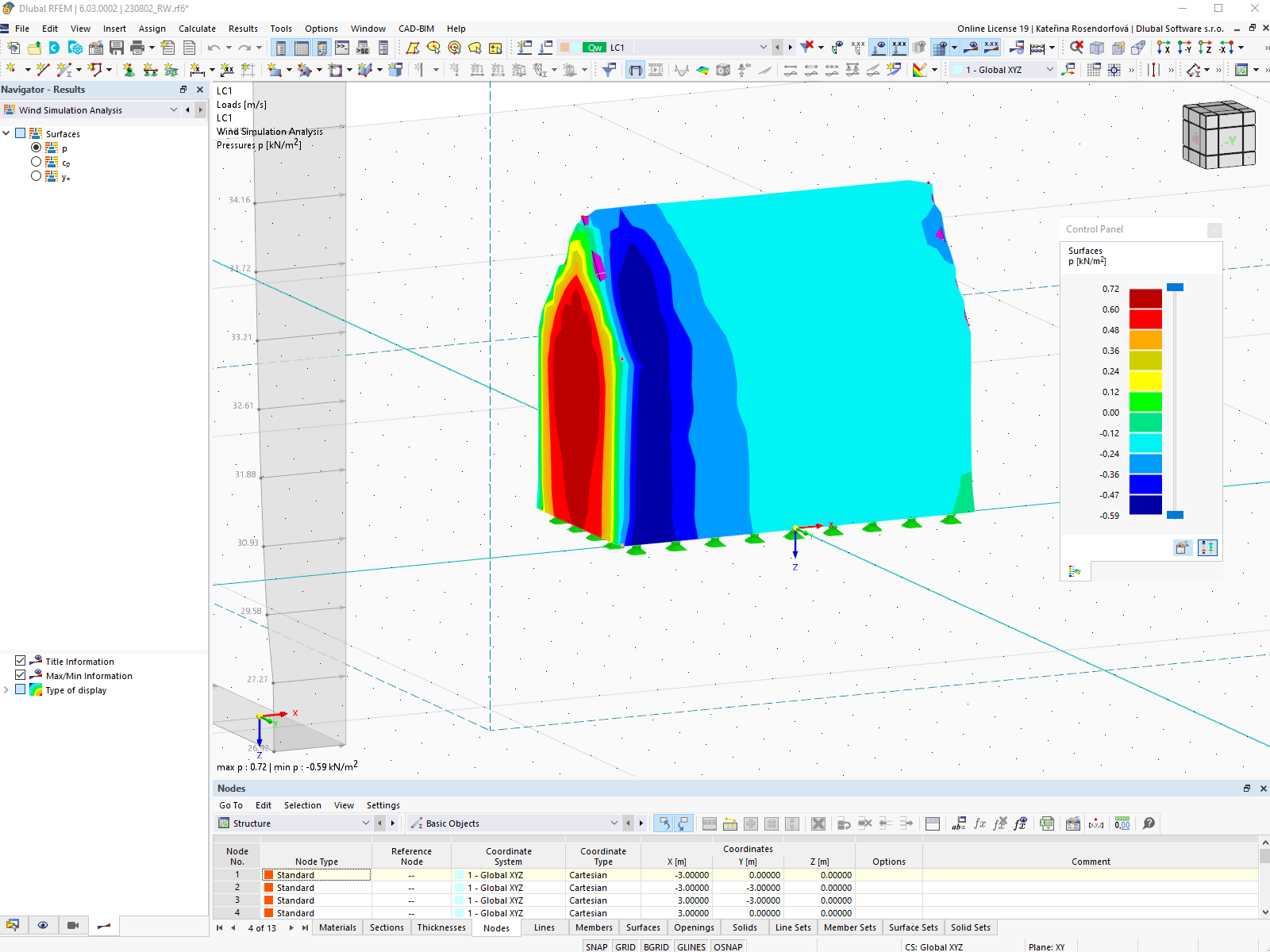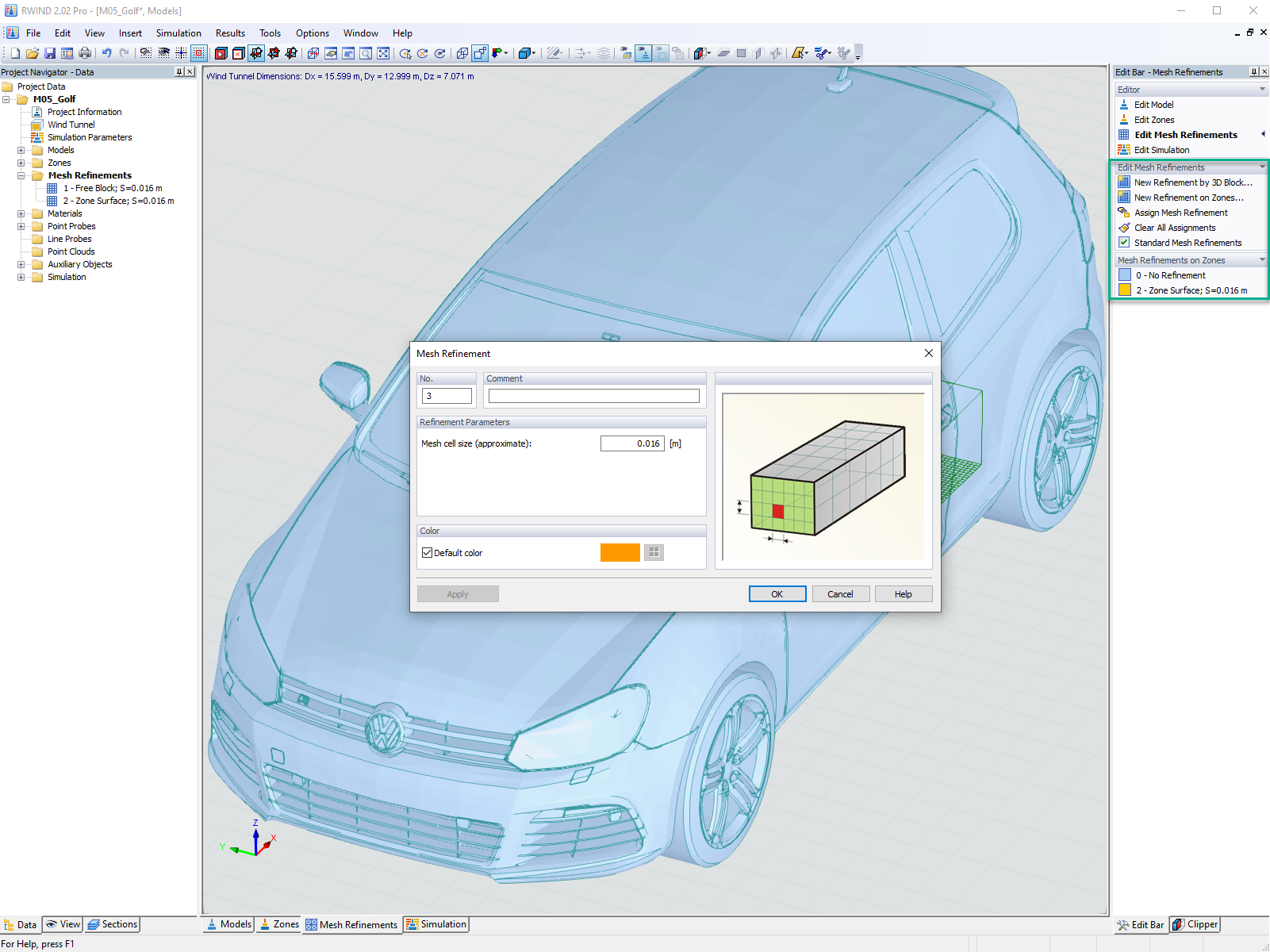To control the graphical display of equivalent stresses of surfaces, select Surfaces → Stresses in the Results navigator. Table 4.22 shows the equivalent stresses determined according to von Mises in numerical form.
The table shows the equivalent stresses sorted by surfaces. The results are listed in reference to the grid points of each surface.
The numbers of the grid points are listed by surface. For more information about grid points, see Chapter 8.13.
Table columns B to D show the coordinates of grid points in the global coordinate system XYZ.
In the Results navigator, four equivalent stress hypotheses for the plane stress condition are available for selection. The approach by von Mises is also called "shape modification hypothesis". It assumes that material fails when the shape modifying energy exceeds a certain limit. This energy is the type of energy that causes a distortion or deformation of the object.
This approach represents the most well-known and most frequently used equivalent stress hypothesis. It is suitable for all materials that are not brittle. Therefore, it is widely used in steel building construction. The hypothesis is unsuitable for hydrostatic stress conditions with equal principal stresses in all directions, as the equivalent stress is zero in such a case.
The equivalent stresses according to von Mises for the plane state of stress have the following meanings:
|
σeqv,max |
Maximum equivalent stress on the positive or negative side of the surface |
|
σeqv,+ |
Equivalent stress on the positive side of the surface |
|
σeqv,− |
Equivalent stress on the negative side of the surface |
|
σeqv,m |
Membrane equivalent stress |
















.png?mw=350&hash=a9341df5ec72cfc220da62b9a5805c34e3e69336)

